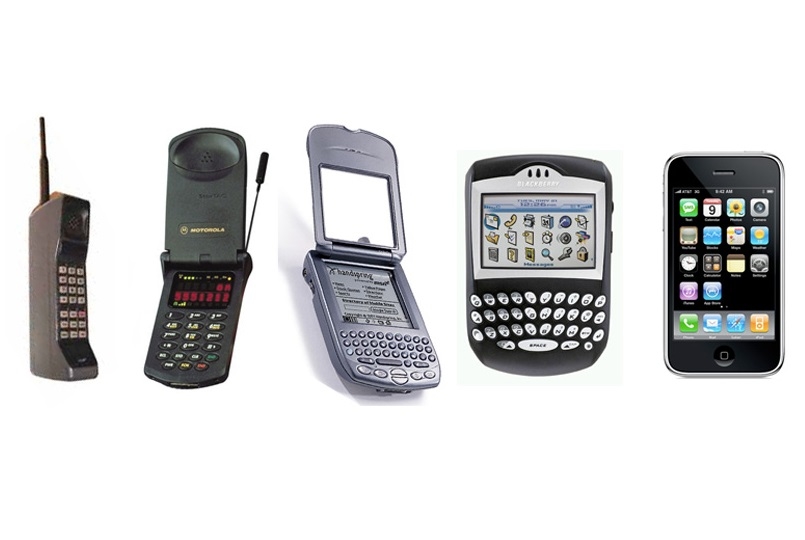A frugal mindset can be seen as an important asset when approaching innovation. Frugal innovation, with its ‘strip down to the basics’ principle brought us mass-produced-everything, such as cars, food, mobile phones and most other physical objects we interact with. Have a look around yourself and see if you can spot something that has not been mass-produced – and how much of your furniture is from IKEA, one of the better examples of frugal innovation in action.
This minimalist mentality has been visible in the tech world more than elsewhere. Smartphones have been stripped down to the essentials needed to operate. The first smartphone, which came out more than 20 years ago, cost $900 – today’s smartphones can be bought for $30! [1,2] This widespread availability of smartphones, in turn, created an innovation platform, out of which emerged, for example, all the phone applications we use today. Snapchat is a good example – with smartphones being available to a better part of the world, it recognized a user base and created a very simple (one could call it frugal) messaging app, and formed a whole social network around it. All of these innovations are even more impressive when you consider the fundamental philosophy behind frugality – less is more. IKEA designs products that use less material with more functionality. Smartphones replace other existing products (laptop, notebook, television, etc.) and at the same time bring new developments into the market.
Frugality can also be seen in the design of current innovations, with minimalist visual design being ever more prevalent. Think about Apple and their design language, keeping things as simple as possible, which in turn ends with products most of us find aesthetically pleasing. A lot of the innovations brought to the tech market have started following Apple’s design approach, mostly to appeal to the target market – young, hip, tech-savvy people who appreciate the minimalist design. For a good comparison, look at the difference between what a personal computer used to look 10 or 20 years ago and what today’s innovations offered on Kickstarter or Indiegogo (another 2 great examples of an innovation platform!). [3]
So, the question arises as to what this frugally innovative mindset can bring into future developments. With the reality of limited resources, it is of greatest importance for all of us, the environment, the economy, the civilization, to embrace a frugal approach to innovation. The less developed part of the world did it out of necessity, being faced with overpopulation or general lack of resources, people in Asia and Africa utilize frugal innovation more than the Western countries. We are now, for once, trying to keep up with them, and not the other way around.
Sources:
[1] http://qz.com/314285/30-smartphones-are-here-and-theyre-getting-better-every-day/
[2] https://en.wikipedia.org/wiki/IBM_Simon
[3] https://www.kickstarter.com/discover/categories/technology
